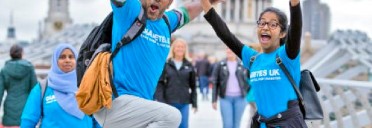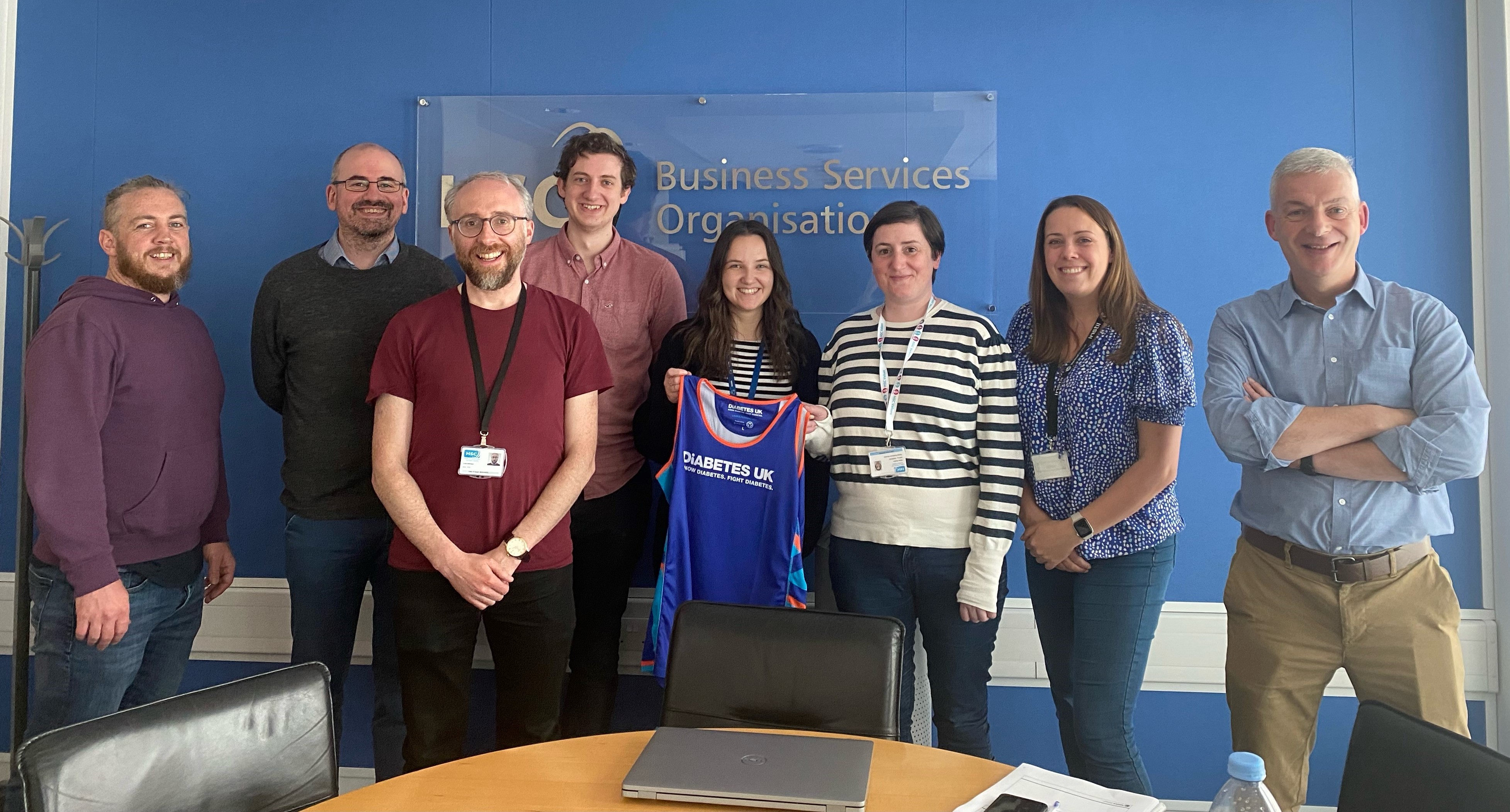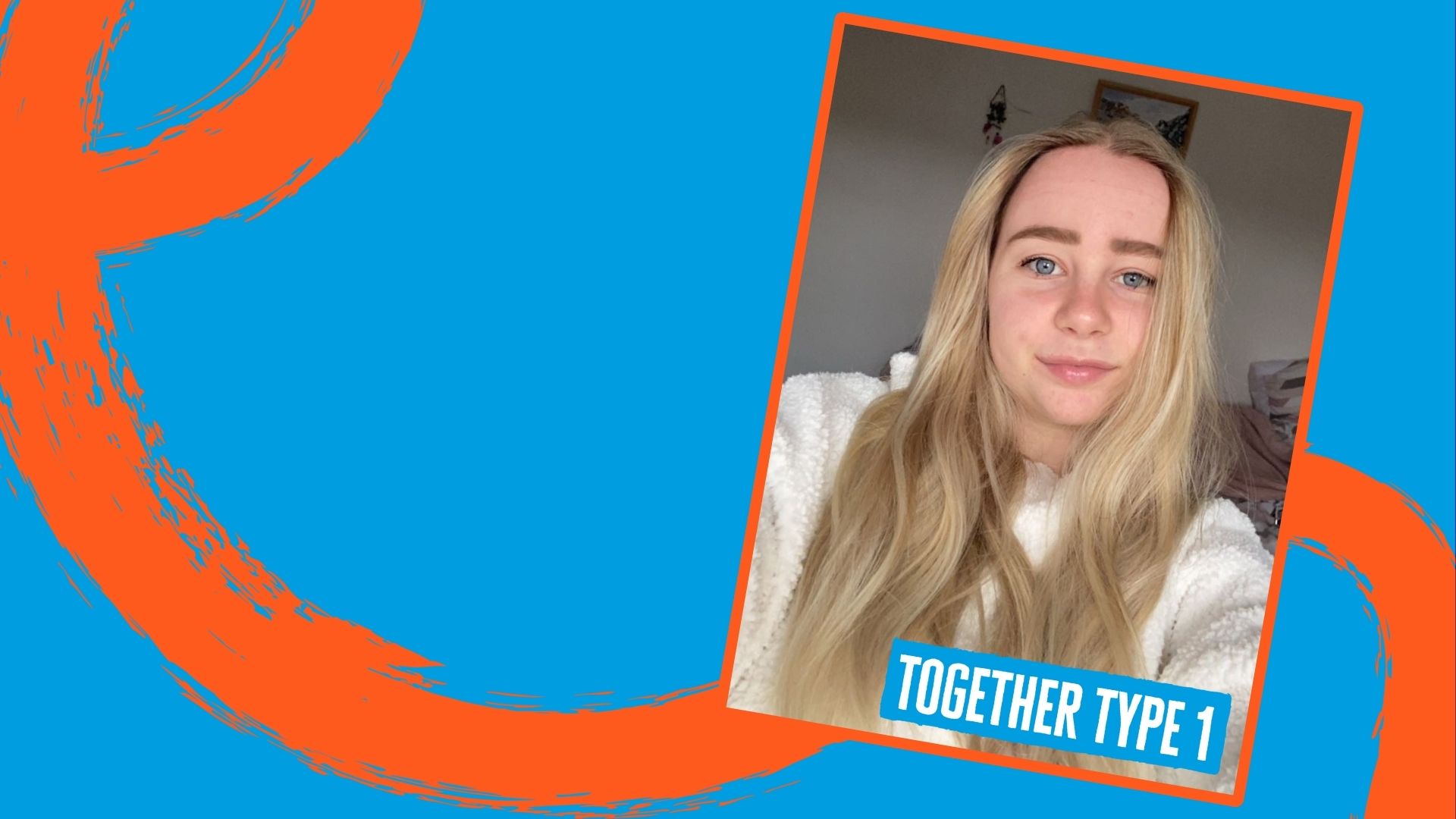
Hannah Berry
Diagnosed with type 2 diabetes at 26
“I’ve learnt that moving forward is often about taking baby steps, cutting down on sugar in small steps, setting up reminders so I don’t forget to take my medication. All these things add up.”
Diagnosed at 26 with type 2 diabetes and misdiagnosed almost a year later with type 1, it took another two years for Hannah’s type 2 diagnosis to be confirmed. Now 29, Hannah wants to make others aware of type 2 diabetes in young adults and remind people diagnosed in their 20s like her that they're not alone.
We’ve partnered with Tesco to help one million people find out their risk of type 2 diabetes. Learn more about your risk today.



